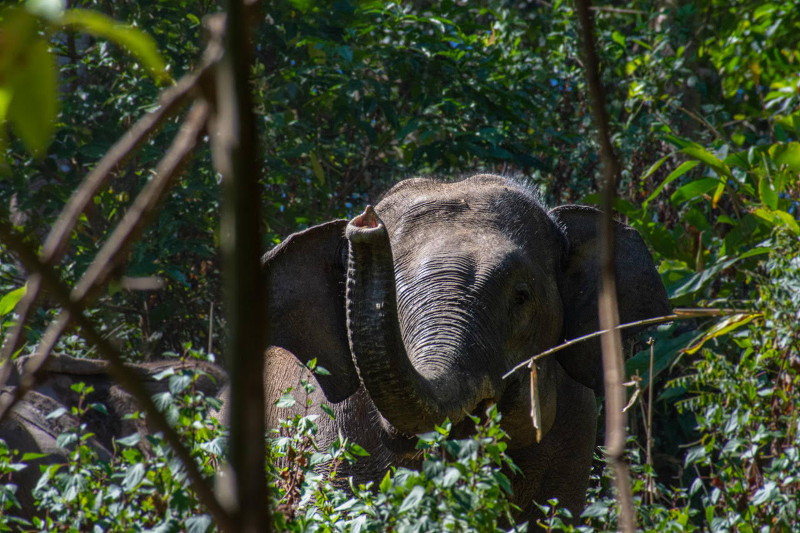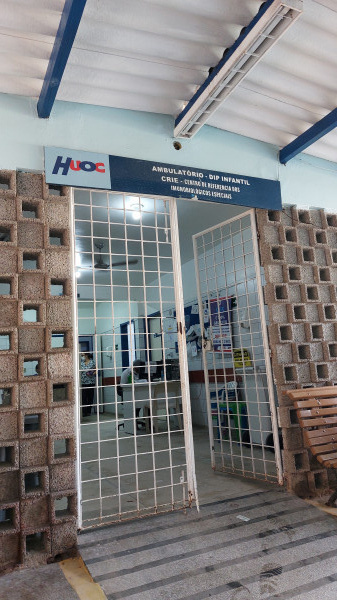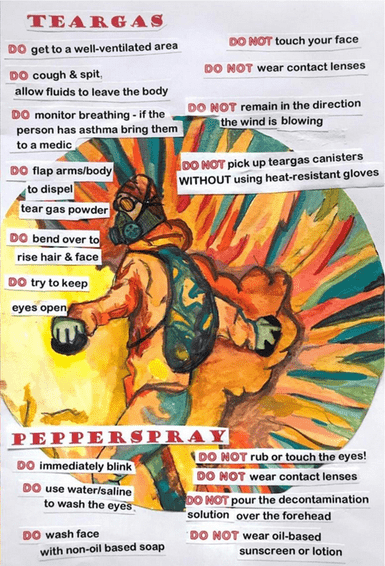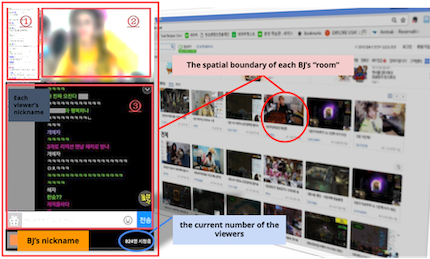
Cultures of Trust in Computing and Beyond
What does it mean to trust? In this post I explore how there are specific ways of producing trust in computer science education. I draw on ethnographic fieldwork conducted for my PhD in an undergraduate computer science program in Singapore, where I examined the “making” of computer scientists—how students are shaped as socio-technical persons through computer science education. During my fieldwork, I conducted participant observation in eight undergraduate computer science courses across all years (first to fourth) with a focus on required core courses for the computer science program, which is what I draw primarily on for this post. I also conducted interviews with students, professors, and administrators; policy and curriculum analysis; and participant observation in the department, university, and tech community more generally. I also myself studied computer science as an undergraduate student, which led to my interest in this topic. (read more...)







